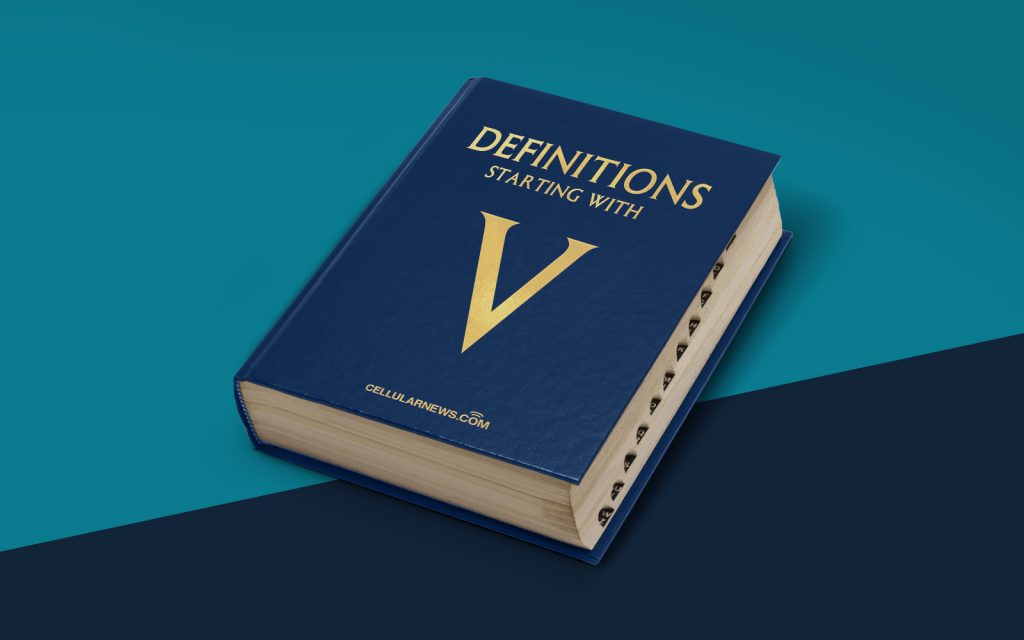
What is Voice XML? A Definition and Overview
Welcome to another post under our “DEFINITIONS” category, where we dive deep into various technical terms and concepts. Today, we are going to demystify Voice XML—a fascinating technology that has revolutionized the way we interact with voice-based applications. So, let’s kick off and explore what Voice XML is all about!
Key Takeaways
- Voice XML stands for Voice Extensible Markup Language, which is a standard language used to develop voice-based applications.
- It enables developers to create interactive voice response systems that can understand and respond to spoken commands.
Before we delve into the details, let’s answer the burning question: What exactly is Voice XML? Well, Voice XML, or Voice Extensible Markup Language, is a powerful technology that enables developers to create voice-based applications and systems that can interact with users through spoken commands. It acts as a bridge between humans and machines, allowing conversations to flow seamlessly.
Now, you might be wondering how Voice XML works and what makes it so special. Let’s break it down:
Understanding Voice XML: How it Works
At its core, Voice XML is based on the same principles as HTML, the language used to build web pages. While HTML is designed to create visual interfaces, Voice XML focuses on creating voice interfaces. It uses a set of tags and attributes, just like HTML, to define the structure, content, and behavior of voice applications.
Here are some key features and concepts that make Voice XML a robust technology:
1. Natural Language Processing (NLP)
Voice XML enables developers to incorporate Natural Language Processing (NLP) capabilities into their applications. This means that voice-based systems can understand spoken language, interpret the intent behind user requests, and respond accordingly. By leveraging NLP, Voice XML bridges the communication gap between humans and machines.
2. Voice User Interface (VUI)
Voice XML powers the creation of Voice User Interfaces (VUI) that allow users to interact with applications using their voice. Just like graphical user interfaces (GUIs) display information visually, VUIs provide auditory prompts and allow users to speak commands, making the interaction more user-friendly and intuitive.
Applications of Voice XML
Voice XML is widely used in various industries and applications, including:
- Interactive Voice Response (IVR) Systems
- Virtual Assistants and Chatbots
- Voice-activated Controls
- Smart Home Devices
- Hands-free Car Systems
This is just a glimpse of the broad scope and potential of Voice XML, as it continues to be applied in innovative ways across many sectors.
In Conclusion
Voice XML, or Voice Extensible Markup Language, is a powerful technology that enables developers to create interactive voice-based applications. By incorporating NLP and VUI capabilities, Voice XML allows for more natural conversations between humans and machines. It finds applications in IVR systems, virtual assistants, smart home devices, and beyond, transforming the way we interact with technology.
We hope this article has shed some light on the fascinating world of Voice XML. Stay tuned for more interesting definitions in our “DEFINITIONS” category!
